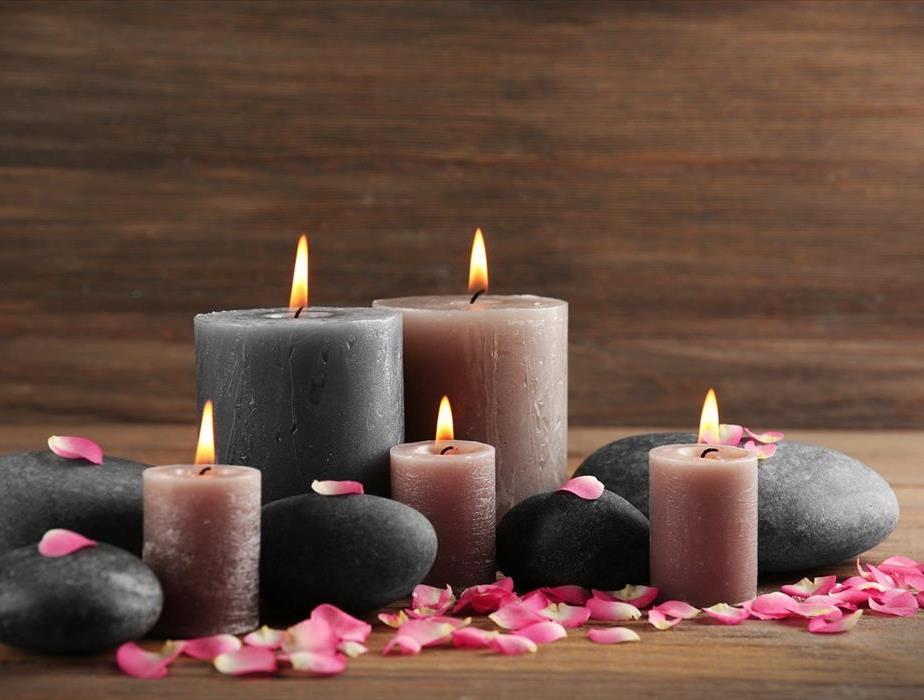Burning Candles 1 of 2
1/22/2021 (Permalink)
There are a lot of beautiful things that candles bring to a room in a house. They bring a nice ambiance, they are beautiful, and they can smell good. But candles carry an inherent risk: they can cause injures, and possibly a house fire.
Here are the statistics from the National Fire Protection Association. In a 5 year period (2013-2017):
Candles caused 2% of reported home fires, 3% of home fire deaths, 6% of home fire injuries, and 4% of the direct property damage in home fires.
Roughly one-third (37%) of home candle fires started in bedrooms. These fires caused 33% of the associated deaths and 51% of the associated injuries.
Falling asleep was a factor in 11% percent of the home candle fires and 19% of the associated deaths.
On average, 22 home candle fires were reported per day.
Three of every five (60%) of home candle fires occurred when some form of combustible material was left or came too close to the candle.
December is the peak time of year for home candle fires. In December, 12% of home candle fires began with decorations compared to 4% the rest of the year.
With those statistics in mind, here are some suggestions on how to burn candles safely:
Before lighting:
Always trim the wick to ¼ inch. Long or crooked wicks can cause flaring, dripping or uneven burning.
Keep the wax pool clear of debris, matches, and wick trimmings.
Make sure you have a candle holder designed for that specific candle. It needs to be heat resistant, sturdy, and large enough to contain drips.
Burn Candles in a well-ventilated room:
Stay away from drafts, vents or air currents. By doing that it will help uneven burning, sooting, and excessive burning.
It is recommended that candles do not burn longer than 4 hours, and cool at least 2 hours before relighting.
It is best to use long matches or a long lighter. Keep hair and loose clothes away from the flame.




 24/7 Emergency Service
24/7 Emergency Service
